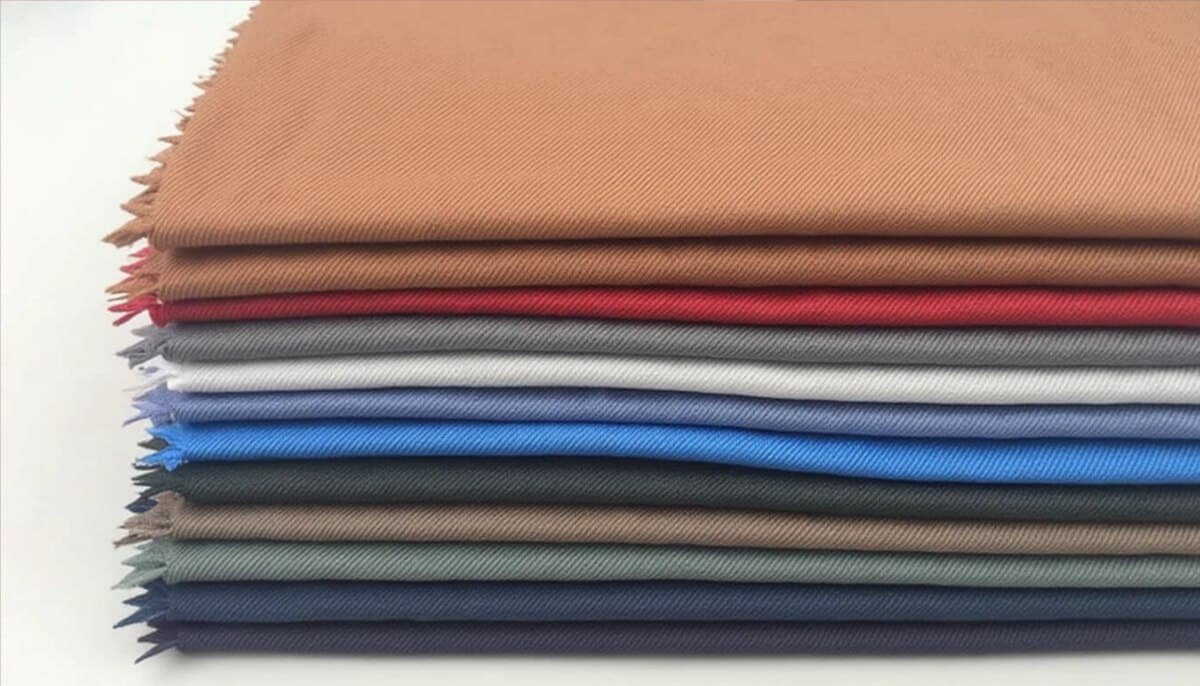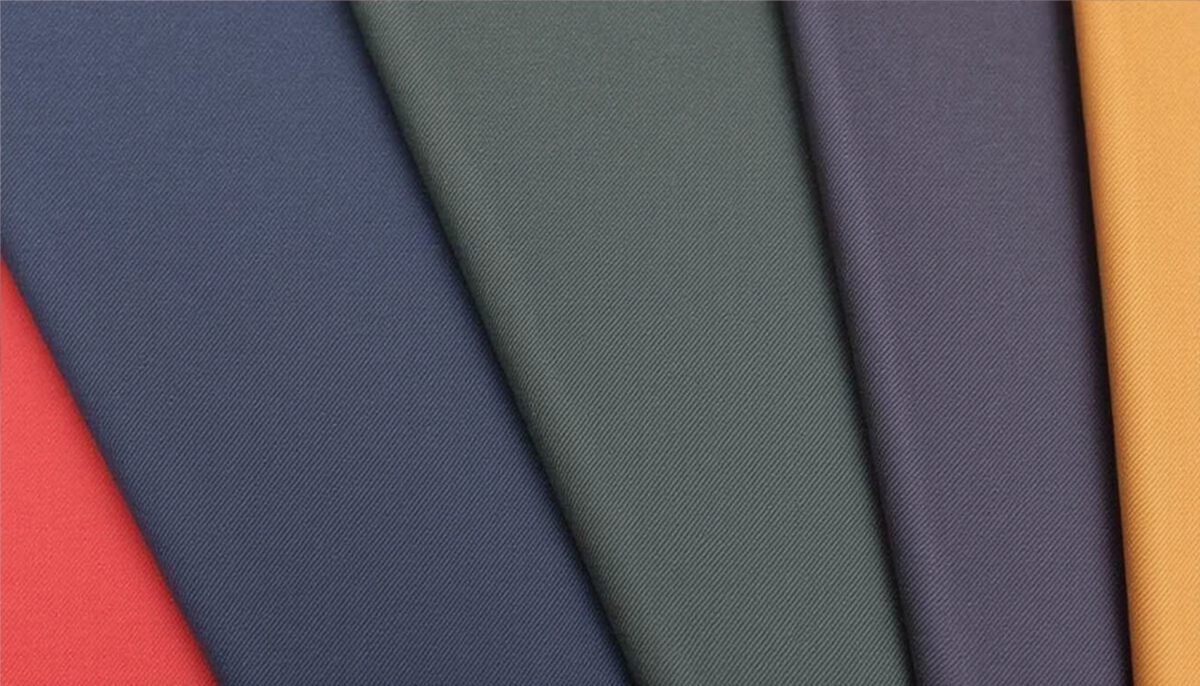Kids aren’t exactly delicate blossoms. They scramble up trees, dive headfirst into mud puddles and sprint across playgrounds at top speed. If their school uniform can’t keep up, you’ll end up replacing shirts every month—and that hurts the wallet. Outdoor-ready fabrics tackle spills, sun and repeated wash cycles without turning into sad rags. Here’s the lowdown on the best materials that actually stand the test of time.
Why Fabric Matters

When uniforms meet the great outdoors, comfort and durability both count. A stiff, scratchy shirt might look sharp, but it’ll chafe during a field trip. On the flip side, ultralight fabrics can tear the first time you drag them over a tree stump. Other factors to weigh:
- Maintenance: Busy parents want uniforms that pop out of the wash looking neat.
- Climate fit: You need something breathable in summer and warm in winter, or at least a fabric that layers well.
- Longevity: Frequent washes and sunlight exposure break down fibers over time—so choose wisely.
A buddy of mine coaches middle-school soccer, and he swears by poly-cotton blends. His teams travel dusty fields every week, yet their kit still shines after a season.
Top Picks for Durability
Below are the fabrics you’ll see at school uniform suppliers, ranked by their ability to survive rough play.
Polyester

Hands down, polyester is the workhorse. It resists shrinking, stretching and wrinkles, and refuses to fade after dozens of wash cycles. Yeah, it’s not as soft as cotton, but modern finishing techniques yield surprisingly smooth, moisture-wicking jerseys. If those muddy obstacle courses have taught me anything, it’s that polyester uniforms come home looking half the time like they went through a sand-blaster—and still hold their color.
Poly-Cotton Blends

This mash-up of cotton and polyester strikes a sweet spot. You get softness and breathability from cotton, plus the toughness and quick-dry magic of polyester. Blend ratios vary—50/50 or 65/35 are common—and the higher the polyester content, the more durable (and less prone to wrinkles). These blends feel familiar, yet shrug off scrapes and repeated washing better than pure cotton.
Nylon

A step up in strength, nylon is prized for its abrasion resistance. It’s slick, lightweight and repels water better than most synthetics. If your school has a lot of outdoor labs, hiking trips or rainy-day recess, look for nylon-reinforced trousers or side-panels that keep kids dry and rash-free.
Twill and Gabardine

Both of these are weave patterns rather than fibers, but they deserve a mention. Twill (think classic khaki) hides dirt in its diagonal ribs and stands firm under stress. Gabardine is tightly woven, sleek and resists wrinkles, making it a favorite for blazers or dressy skirts. Neither is as stretchy as jersey, but they deliver that polished, structured look that survives hard knocks.
Performance Fabrics for Sporty Days
Some kids just live in their PE kits. For uniforms meant strictly for athletics, consider:
- Mesh and Jersey: Open-weave designs encourage airflow during heart-pounding activities.
- Spandex blends: Add 5–10% for stretch that follows every cartwheel and somersault.
- Technical synthetics (Gore-Tex style): Overkill for most school days, but ideal for cross-country meets in drizzly fall weather.
These engineered fabrics wick sweat, dry lightning-fast and prevent that soggy, clingy feeling we all hate.
Caring and Maintenance Tips
No fabric can work miracles without proper care. Here are a few tricks I’ve picked up over the years:
- Cold water wash: Hot water breaks down fibers faster—save it for the towels.
- Gentle cycle: Rough agitation accelerates pilling and seam stress.
- Air-dry or low heat: High-heat dryers shrink fibers and dull colors.
- Spot-treat stains ASAP: The longer dirt bakes in, the tougher it is to lift.
Occasionally flipping garments inside-out during wash and dry cycles can also preserve color vibrancy—nobody wants a faded, washed-out uniform at picture day.
Final Thoughts
Uniforms should empower kids to conquer playgrounds, forests and athletic fields without a second thought. Polyester’s resilience, cotton-blend comfort, nylon’s toughness and specialized weaves give school uniform options for every budget and climate. Sure, nothing lasts forever—but with the right fabric choices (and a bit of know-how), those crisp collars and pleated skirts can tackle outdoor mayhem all school year long.
If you have anything to add, come and discuss with us about your kids’ school uniform on Facebook and Instagram. And make sure you check the best skincare routine for your kids.
Sources
- www.cottonmonk.com/blog/best-fabrics-for-school-uniforms-a-comprehensive-guide/
- www.chiraguniforms.com/2025/06/04/types-of-fabrics-for-school-uniforms/
- www.parallelplaidsuniforms.com/5-best-used-fabrics-in-uniform-making/
All images are AI generated



